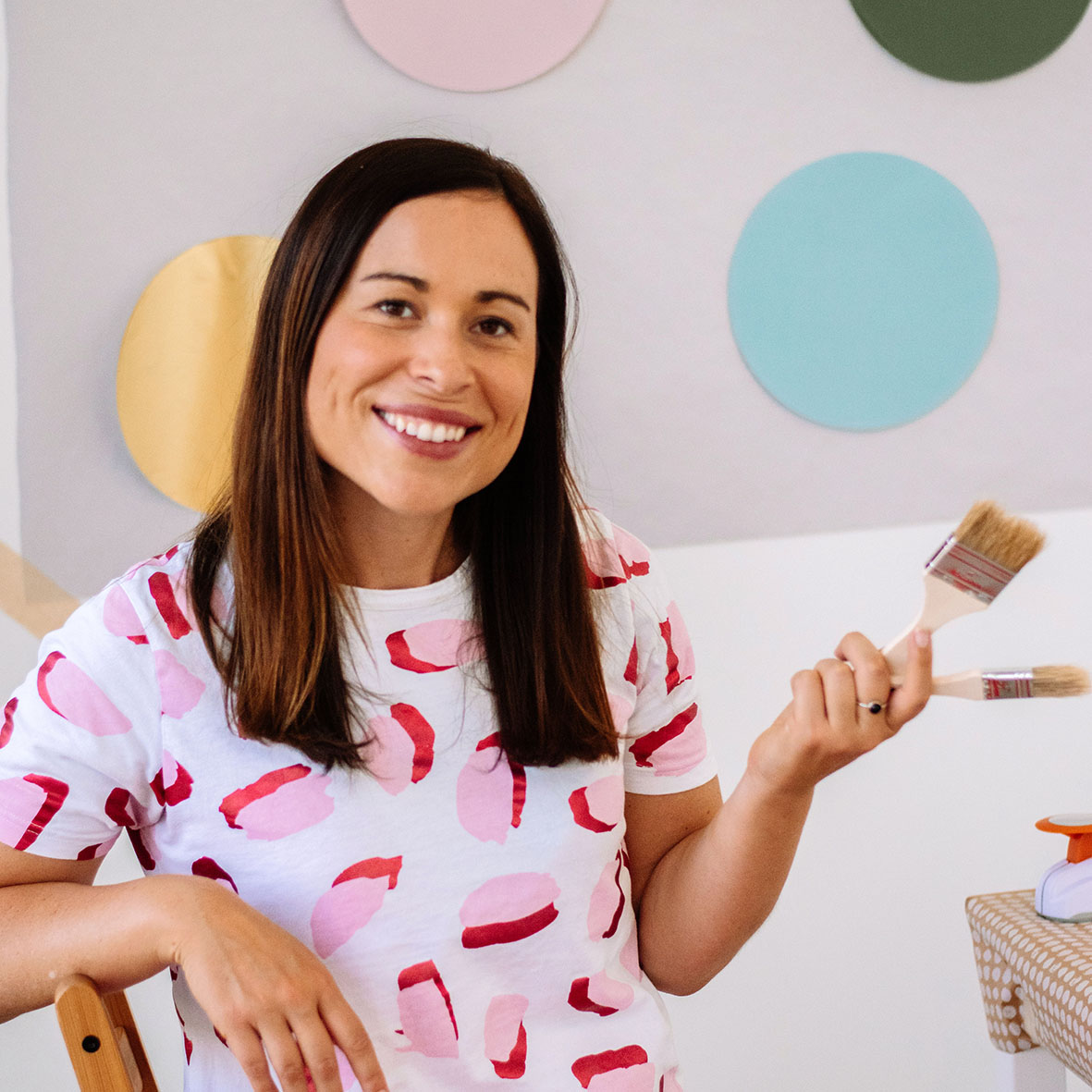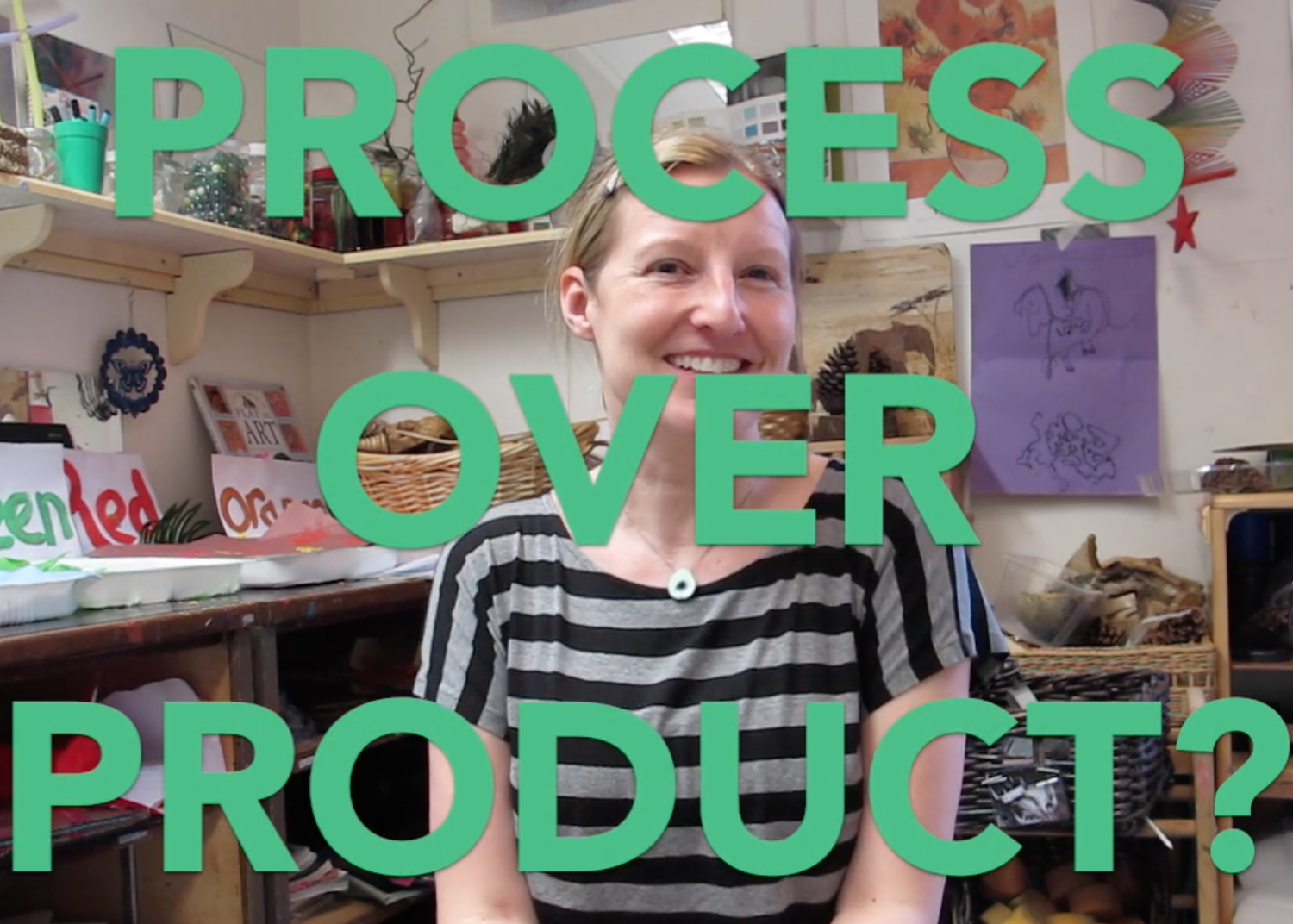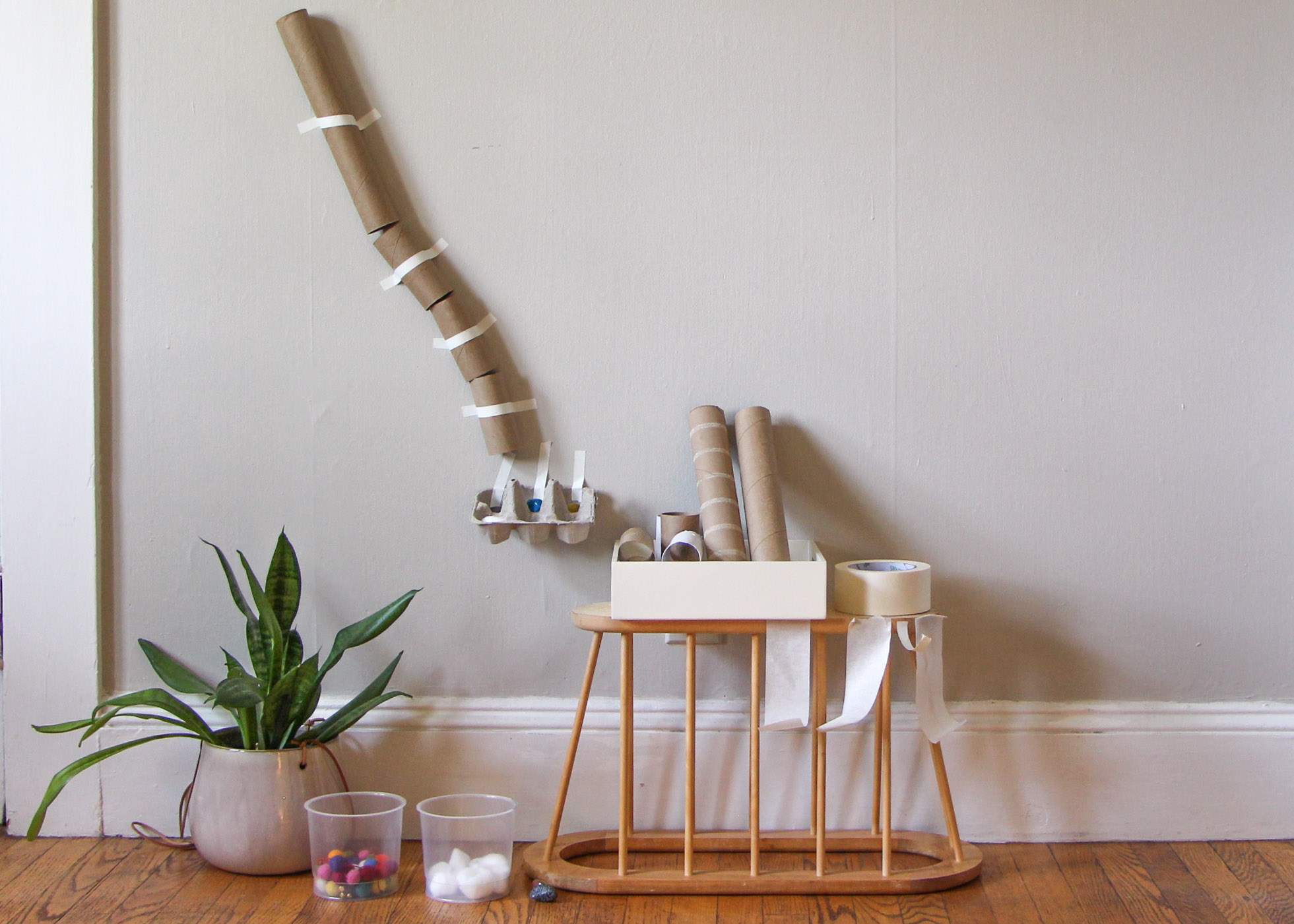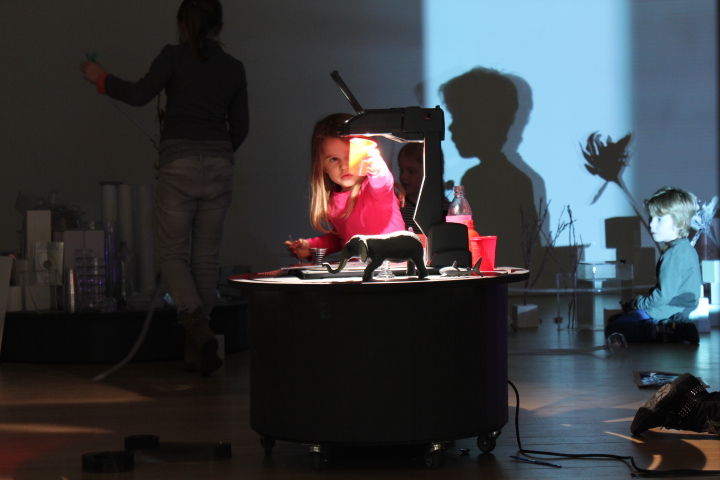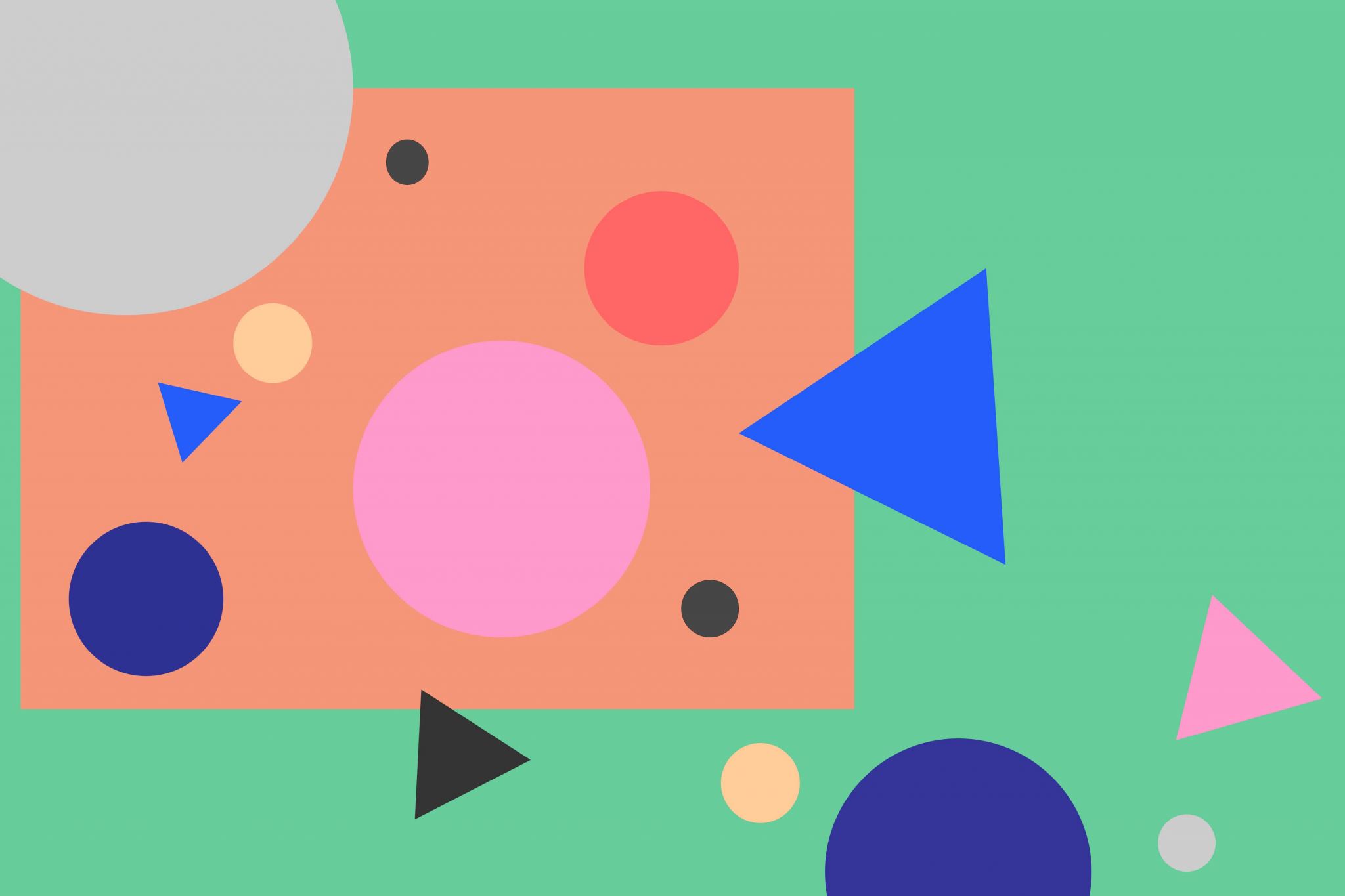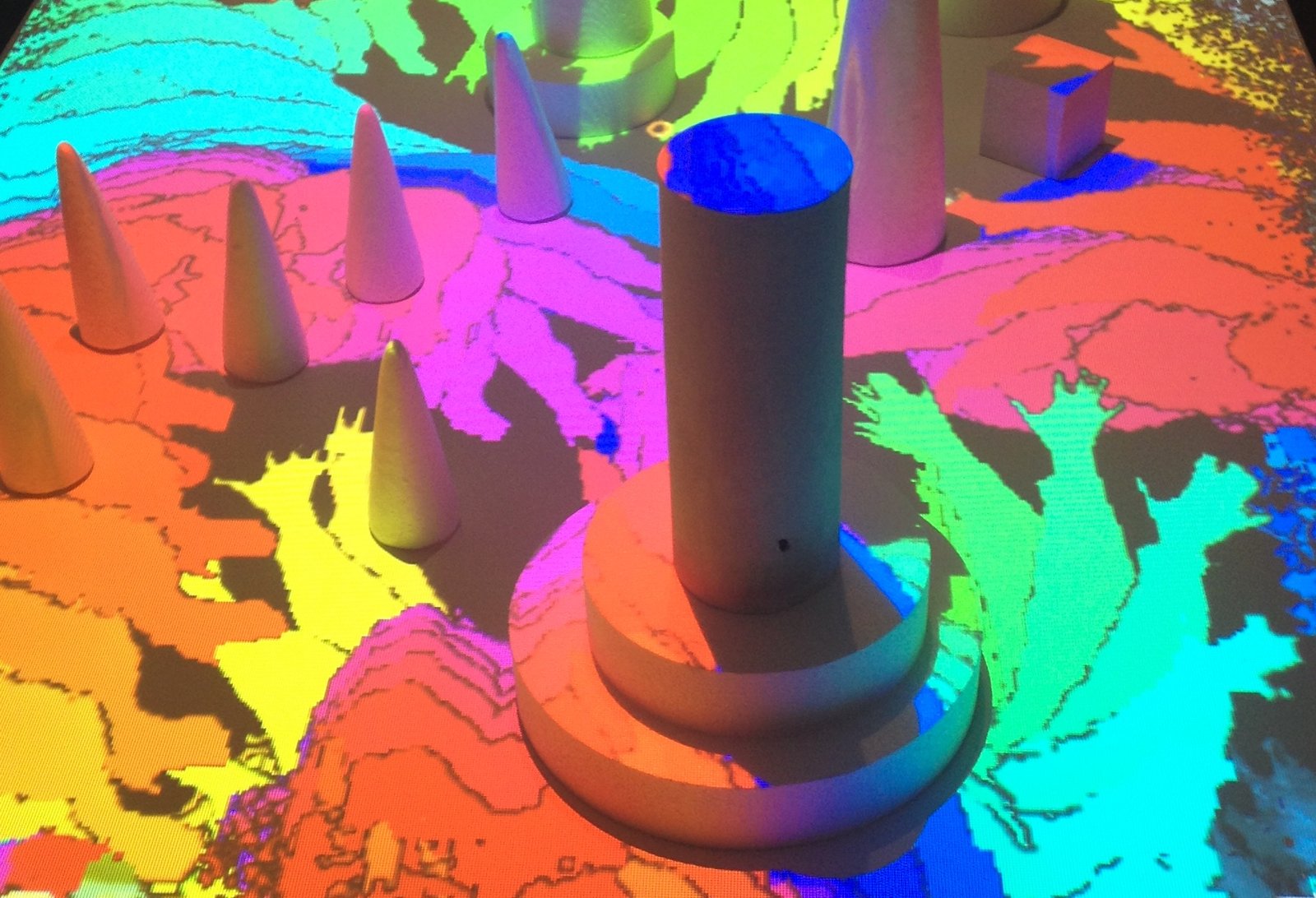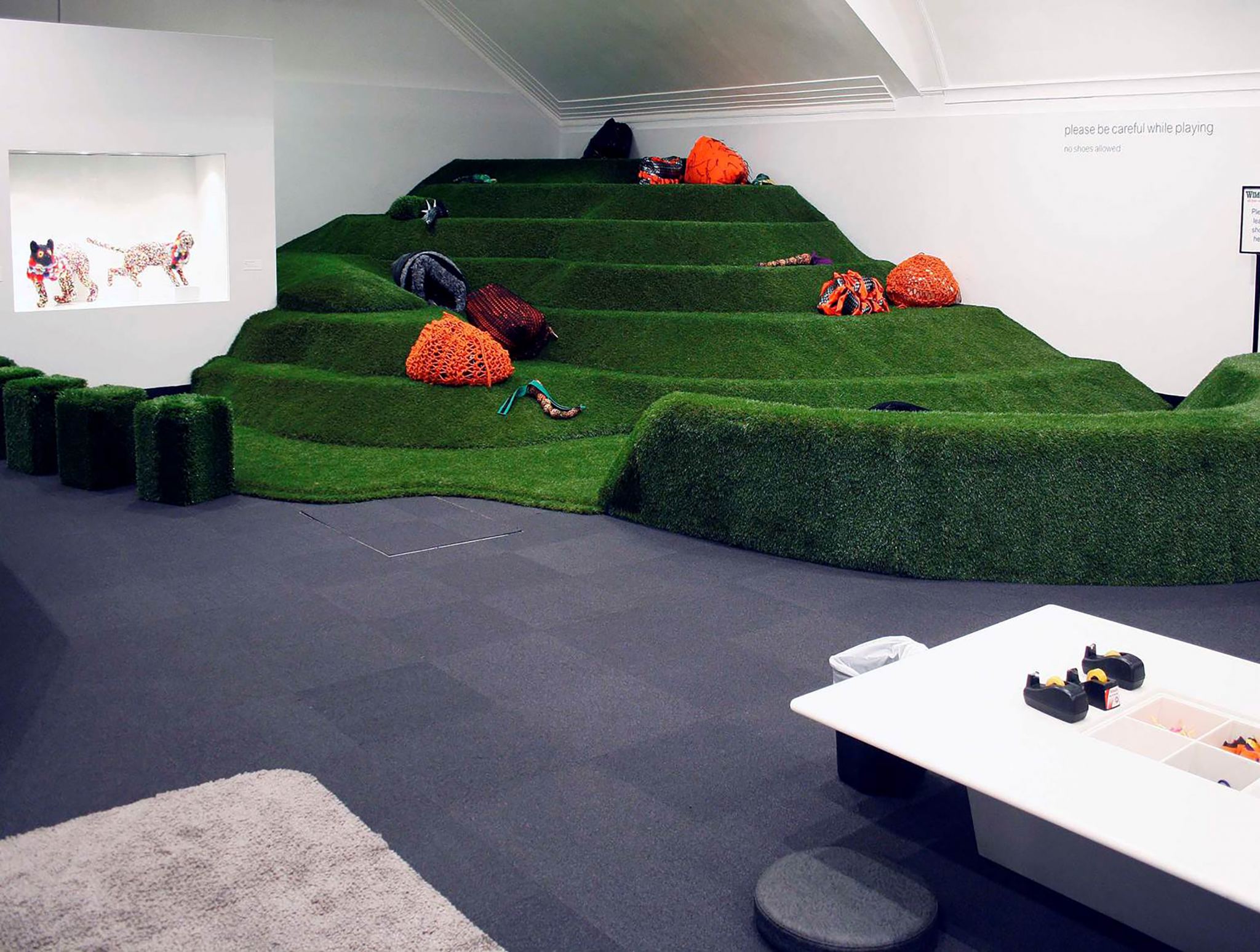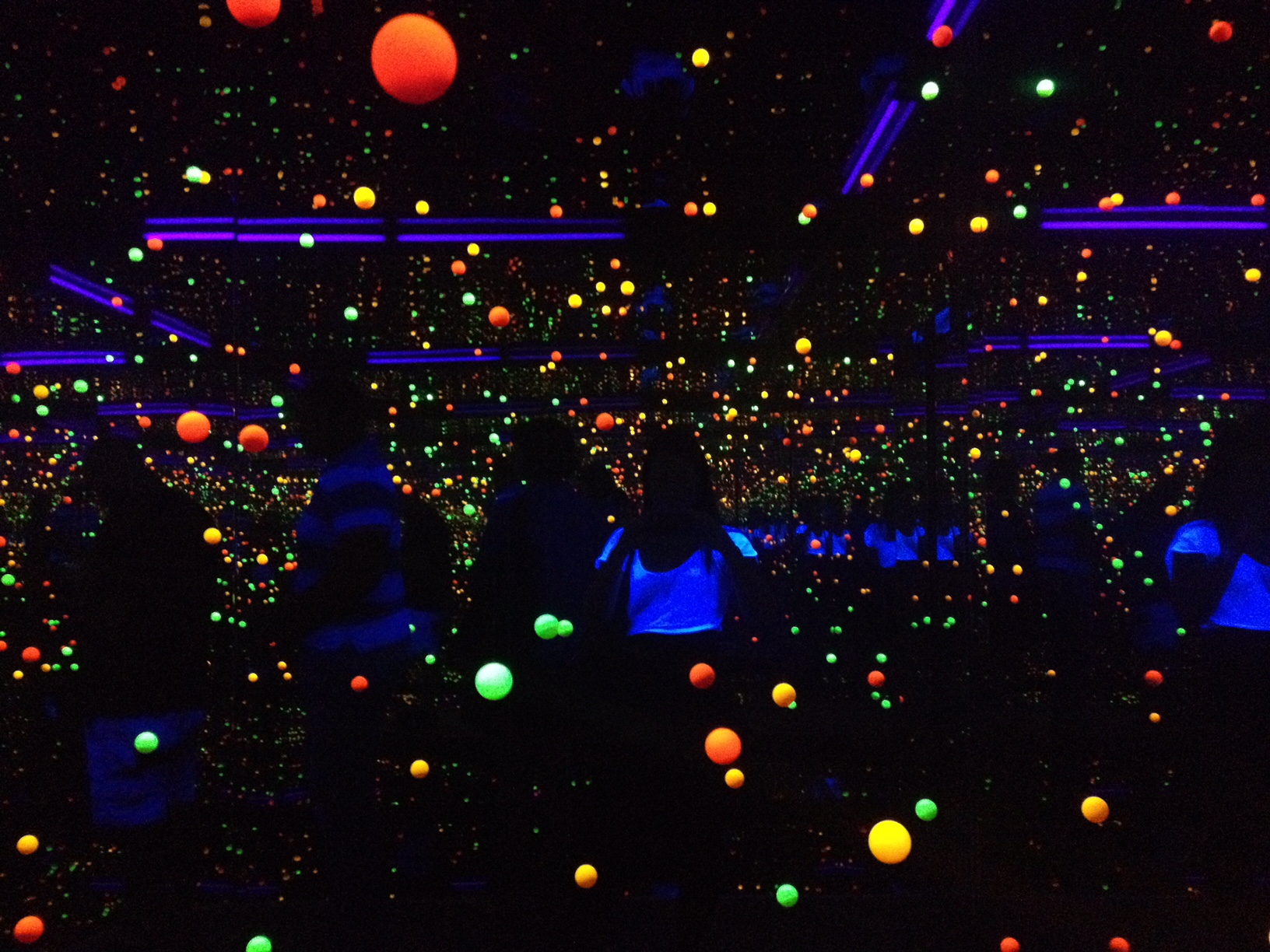Hello, I am Dr. Louisa Penfold! I started Art Play Children Learning back in 2016 as a way to help parents do fun and meaningful art activities with kids. I currently work at Harvard University as a Post-Doctoral Researcher in Early Childhood Education. Check out the video below to hear what Art Play Children Learning is all about… This blog features ideas for how parents can integrate contemporary art into children’s lives. To find your way through the posts, I have created the following five directory sections: Kids art activities Family excursion ideas Tips for parents and teachers Amazing artists and educators Academic research A little about me Aside from nerding out on this blog, I also do some other things. I am originally from Melbourne, Australia but have lived overseas for many years. From 2015-2019 I was based in London while doing my PhD in art education. My doctoral research looked at…
An interview with artist Lorna Rose
This post features a video interview with artist Lorna Rose. She talks about her approach to creative learning, like the importance of flexibility, multiculturalism, and inclusivity in education. We live in a world of great cultural, social, and political diversity. As the great art educator Maxine Greene said, the arts play an integral role in the growth of social cohesion by encouraging children to empathize with others from different background. This week I spent two days at the Lillian de Lissa Children’s Centre & Nursery in Birmingham (UK) working alongside their artist-in-residence, Lorna Rose. 90% of the children attending the nursery are from an ethnic minority, over half speak English as a second language. Of the 90 children in attendance, 28 languages are spoken! The nursery’s vision is for children to leave the center with a sense of curiosity about the world. Lorna Rose has been working as the artist-in-residence at the centre for over…
Make a marble run
Marble runs are a classic kid’s activity, you may even remember making them yourself at preschool using pre-constructed wooden tracks! I love marble runs because kids can use their imagination, and problem-solve while unknowingly learning about concepts such as motion, gravity and force. This blog post shares how you can make your own marble run at home using recycled materials! Age range: 18 months + please note that marbles can be choking hazards for little kids Preparation time: 10 minutes What you need Cardboard rolls (toilet paper rolls work great)Recycled materials such as fruit packaging and yogurt containersMasking or painter’s tapeScissorsBowl or basket Marbles or marble alternatives such as cotton balls, pasta shells, felt balls or polystyrene ballsA blank wall or window Setting up the activity A marble run aims to keep the marble in motion for as long as possible. To start, use the tape to stick the first…
The ‘Atelier van Licht’ at the Centraal Museum, Utrecht
This post features a reflection on my visit to the Atelier van Licht at the Centraal Museum in Utrecht, The Netherlands. The Atelier was being presented as part of the museum’s Nice’n’Light exhibition that ran from 17 October 2015 – 24 January 2016. Above: Atelier van Licht at Stedelijk Museum, Amsterdam. Image credit: Atelier van Licht A creative space for children’s play and experimentation with materials Back in February 2016, I travelled to the Netherlands to meet with Annemieke Huisingh, the founder of the wonderful Atelier van Licht. I was interested in learning more about the Atelier’s approach to designing children’s material-based creative learning environments. At the time, the Atelier (which is another word used to describe an artist’s studio) was on display at the Centraal Museum in Utrecht as part of a contemporary art show that was exploring artist’s experimentation with light. The Atelier had been designed for children of all ages…
Why art is important in children’s learning
Art can play an important part in children’s learning. This post shares five key reasons why. “Every child has the right to relax, play and take part in a wide range of cultural and artistic activities.” Article 31, United Nations Convention on the Rights of the Child Many education theorists have argued that art has a central role in children’s learning and development. For example, John Dewey – the founder of American progressive education – argued for the need to integrate art into people’s everyday experiences. Eillot Eisner then talked about the criticality of art in public school curriculum and Maxine Greene wrote about its significance in allowing people to imagine the world from multiple perspectives. All of these amazing thinkers built their arguments on the same issue: that art has been marginalised from school curriculum in place of syllabus focused on maths, English, science and technology. A recent example of this can…
5 education apps for documenting learning in 2019
*This is an updated version of a post originally published in May 2018* If you are a teacher in the Northern Hemisphere, the new academic year is heating up. The paper work may be piling up too… A LOT! Education apps can help with that. Apps can be used to digitally document and collate children’s learning. These records can then be easily shared with other students, educators and parents – helping to grow a community that fosters learning. However, at their worst, apps can also encourage a culture of surveillance and control of children’s lives – it depends on how they are being used! In this post, I talk about why documenting and reflecting on children’s learning is important, including how apps can be used to support this process in a positive way. I review five apps: Seesaw, Class Dojo, Google Classroom, Storypark and Artsonia to discuss how these can…
Vygotsky on collective creativity
This post shares Vygotsky’s idea of collective creativity, a concept presented in his article ‘Imagination and Creativity in Childhood’. I firstly talk about how he defines creativity and imagination. I then use these understandings to consider how children’s creativity emerges through play. Lev Vygotsky (1896 -1934) was a Soviet psychologist who researched children’s learning in social and cultural contexts. In particular, his theory of ‘social constructivism’ discussed the importance of social interactions in children’s cognitive development. Vygotsky was also very interested in creativity and imagination how these were understood in education. What is creativity? Vygotsky believed that creativity arises from any human activity that produces something new. Creative acts could produce anything from physical objects to a music score to a new mental construct. Creativity is therefore present when major artistic, scientific and technical discoveries are made. It is also existent whenever an individual alters, combines, images or makes something new.…
The Ipswich Art Gallery, Australia
This post features the children’s exhibition program at the Ipswich Art Gallery, Australia. From 2011-2015 I worked as a children’s curator at the Ipswich Art Gallery in Queensland, Australia. The Ipswich Art Gallery is a special place for children’s creative learning with a well established program for young children and their families. The city of Ipswich is home to a very diverse and predominantly low socio-economic community. The art gallery is currently one of the most visited in regional Australia. In my travels around the world, I have never come across anything quite like it. Over the past 15 years, the Ipswich Art Gallery has developed and presented over 40 in-house children’s exhibitions. The children’s program is informed by a set of guiding principles that include: Children’s exhibitions are curated for children not adults and Learning begins with creative play. The Children’s Gallery is open daily from 10am-5pm with almost all activities being…
What does pedagogy mean?
In this post I discuss my understanding of the term ‘pedagogy’ and the ability for the process of documentation to act as a tool to critically think about the assumptions, beliefs and practices that shape a learning environment.


